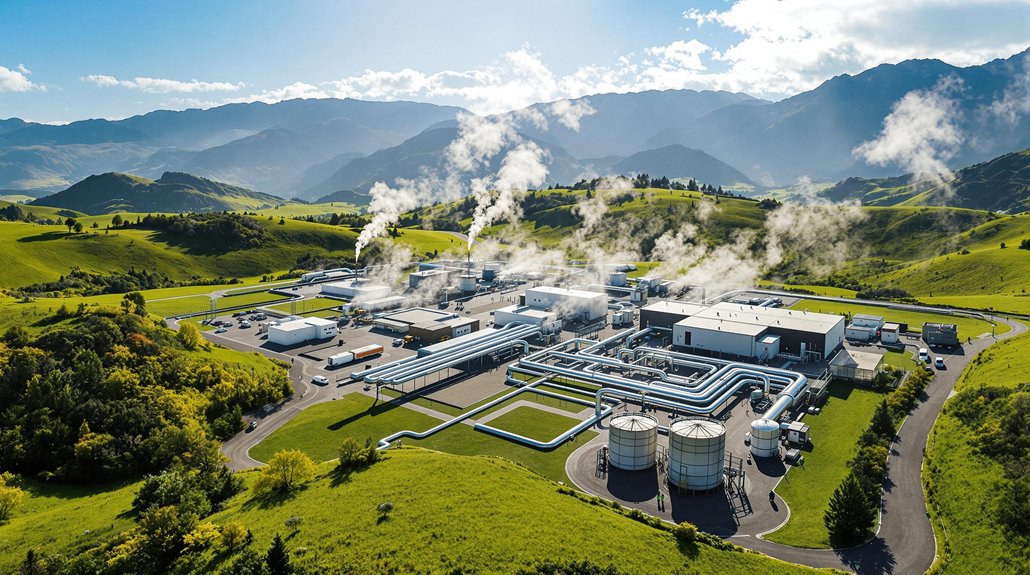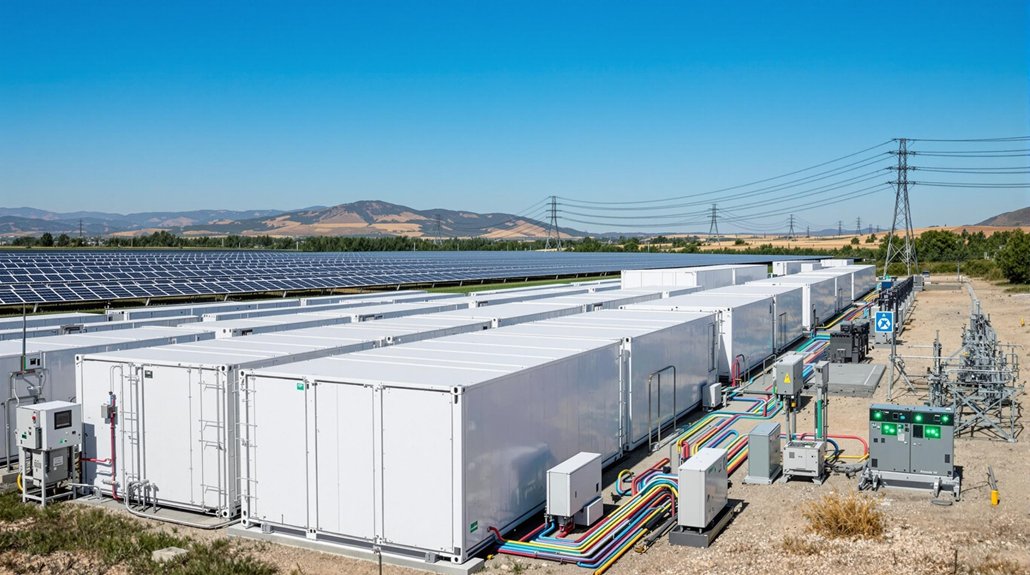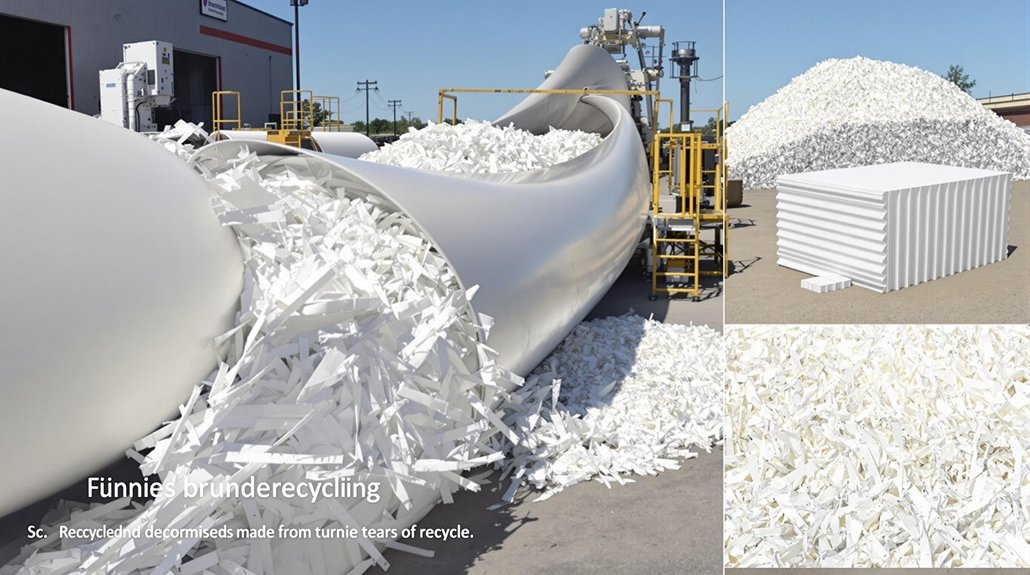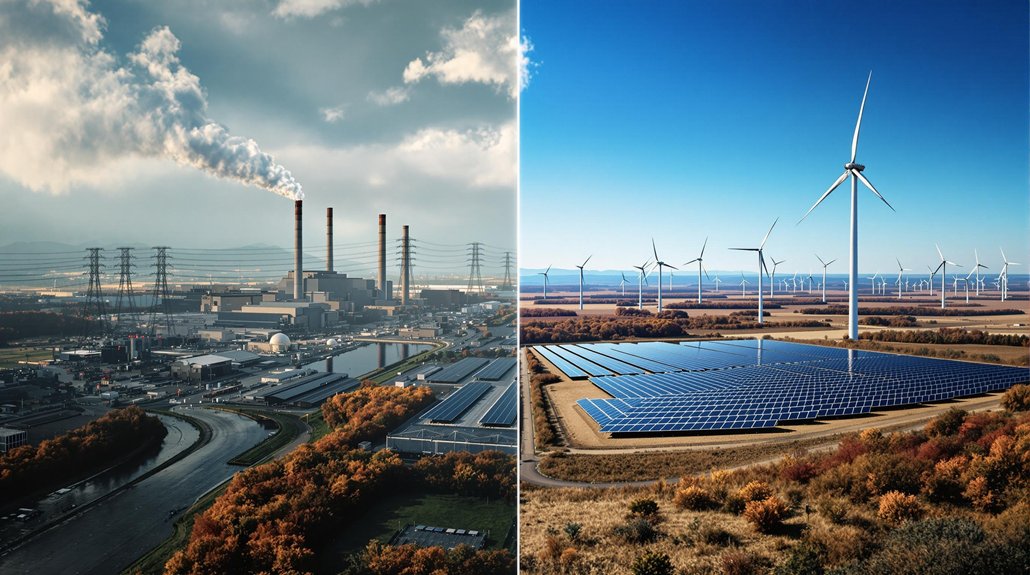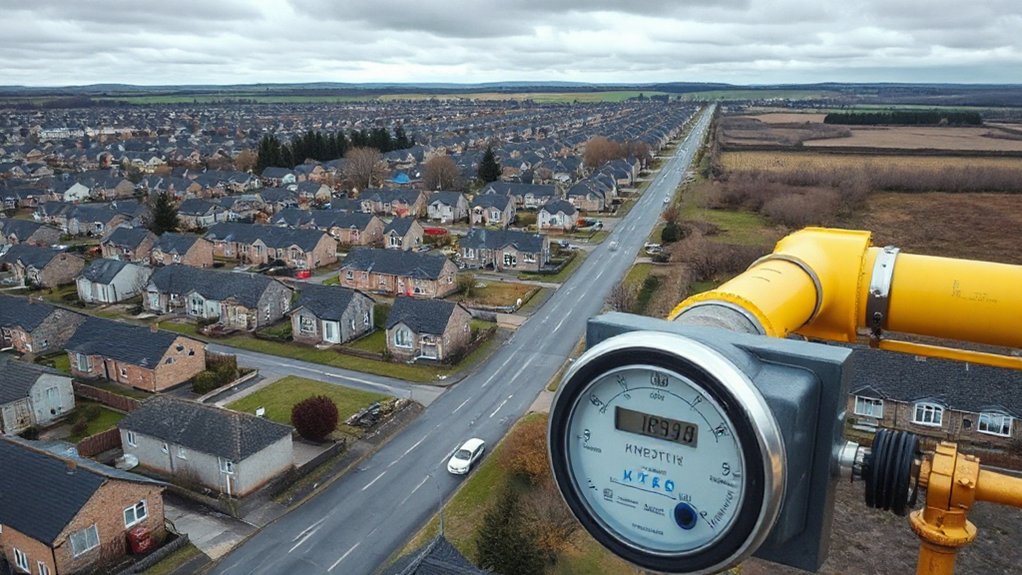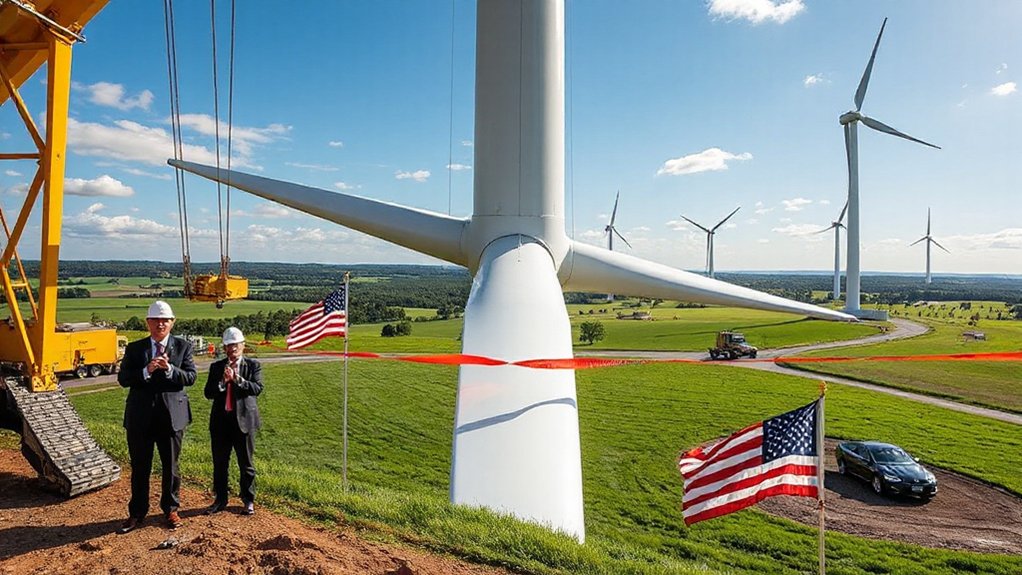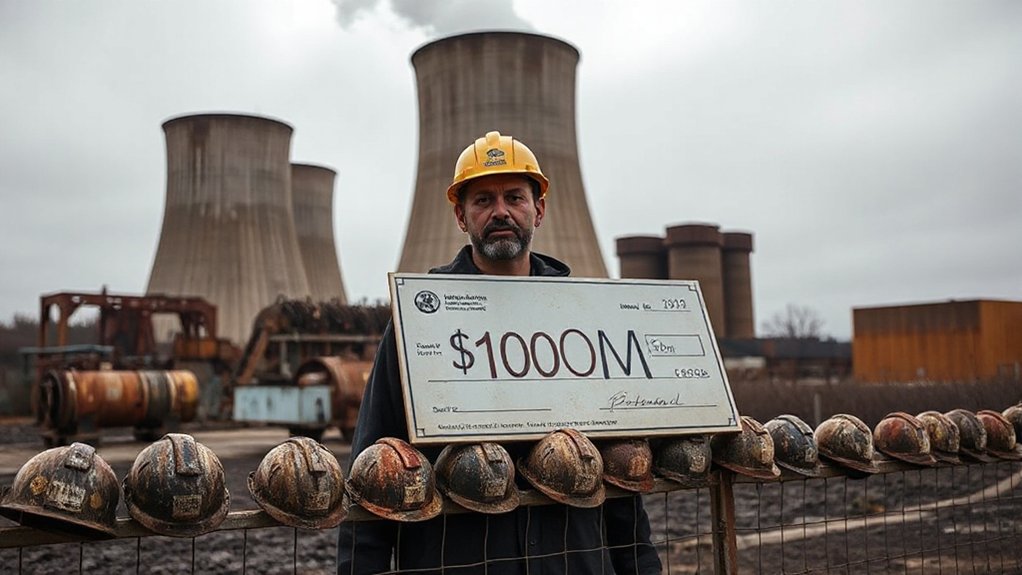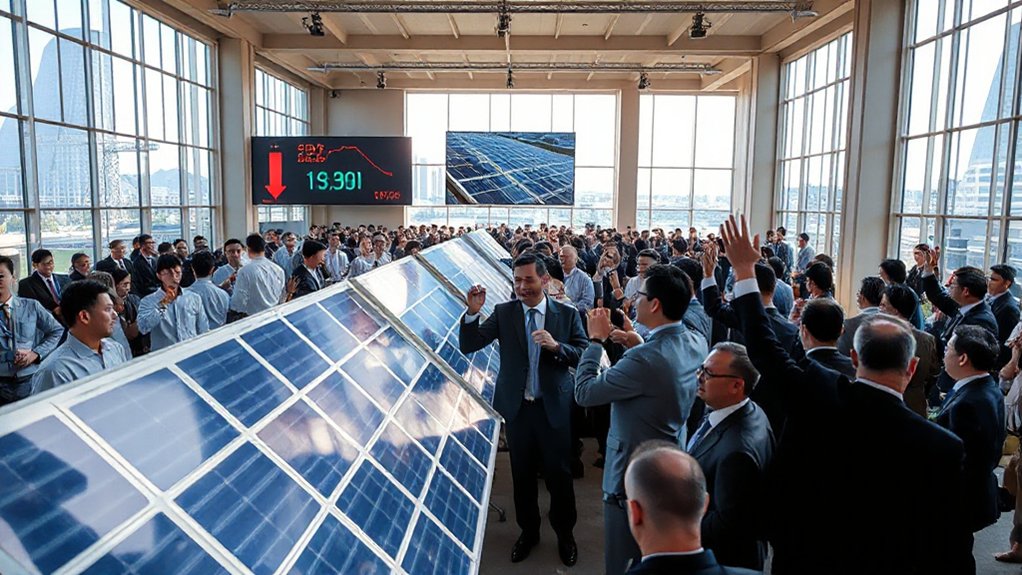Geothermal energy offers remarkable sustainability benefits. It’s reliable with a 95% availability factor, unaffected by weather or time of day. This renewable source produces minimal greenhouse gases while using less land than other energy options. Though initial costs are high, operations remain inexpensive with stable pricing. Geothermal systems can achieve 300-500% efficiency and serve multiple purposes from electricity generation to heating buildings. The Earth’s core will continue producing this inexhaustible resource for billions of years.
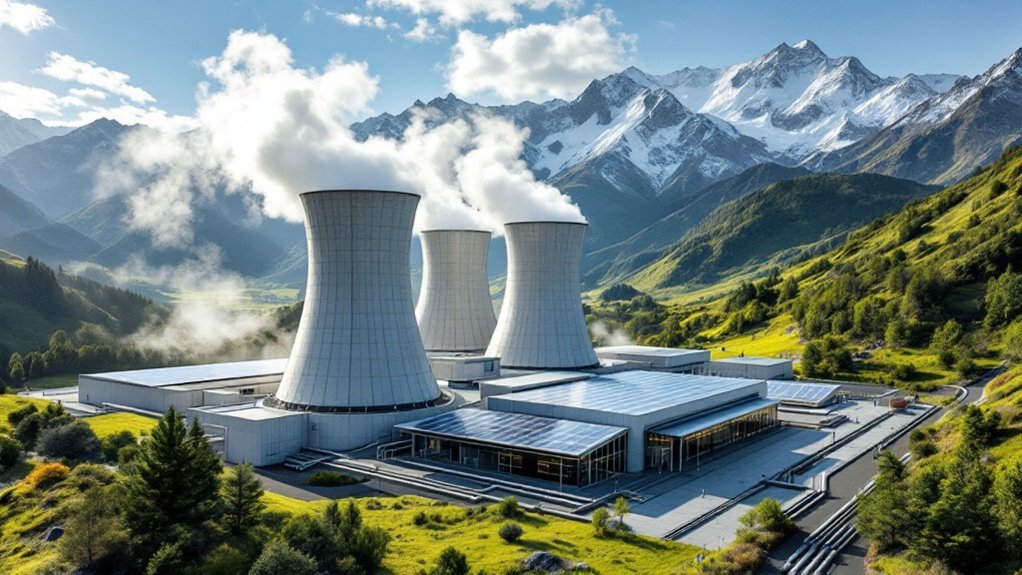
While many renewable energy sources depend on specific weather conditions, geothermal energy offers a consistent and reliable power solution by tapping into Earth’s natural heat. This energy source maintains a remarkable 95% availability factor and isn’t affected by day or night cycles. Unlike solar or wind power, geothermal plants produce electricity consistently, helping maintain grid stability and reducing the need for backup power systems.
Geothermal energy creates minimal greenhouse gas emissions compared to fossil fuels. It greatly reduces air pollution while occupying less land than many other energy sources. The environmental footprint is further minimized by its low water consumption for electricity generation. These features make geothermal energy valuable in fighting climate change.
The economic benefits of geothermal energy are considerable. Although initial installation costs can be high, operational expenses remain low over time. The energy source creates local jobs in construction and maintenance while reducing dependence on imported fuels. Since geothermal energy isn’t tied to fuel markets, prices stay stable and predictable. Widespread deployment of this technology could yield an estimated $1 trillion savings in electricity grid services.
Investing in geothermal energy means paying more upfront for stable, affordable power and local economic growth in the long run.
Geothermal systems demonstrate impressive efficiency. Geothermal heat pumps can achieve 300-500% efficiency, meaning they produce 3-5 times more energy than they consume. These systems can maintain capacity factors above 90%, with minimal energy lost during transmission.
Recent technological advancements have expanded geothermal’s potential. Enhanced Geothermal Systems (EGS) allow energy production in previously unsuitable locations. Improved drilling techniques are reducing costs, while better reservoir modeling enhances system performance and longevity. The development of binary-cycle power plants has made it possible to generate electricity from lower temperature geothermal resources, significantly expanding potential sites.
The versatility of geothermal energy is another key advantage. It can power large electricity plants or heat individual buildings. The technology works for electricity generation, heating, cooling, and providing hot water. It’s adaptable to various geological conditions and can be combined with other renewable technologies.
Earth’s core will continue producing heat for billions of years, making geothermal energy fundamentally inexhaustible. The continuous heat is primarily generated through radioactive decay of elements in Earth’s crust and mantle. This renewable resource provides energy independence and supports long-term sustainability goals without the environmental drawbacks of fossil fuels.
Frequently Asked Questions
What Is the Initial Cost of Installing a Geothermal Energy System?
Installing a geothermal energy system typically costs between $15,000 and $35,000 for most homes. Prices vary based on home size and system type.
Vertical systems run $20,000 to $38,000, while horizontal systems cost $15,000 to $34,000. The price includes the heat pump unit, ground loop installation, ductwork, excavation, and permits.
A 30% federal tax credit is available, and homeowners may find additional local incentives.
How Long Does a Geothermal Power Plant Take to Build?
Geothermal power plants typically take 1-7 years to build, depending on size.
Small plants (1-5 MW) need 1-2 years, medium plants (10-50 MW) require 3-5 years, and large plants (over 100 MW) take 5-7 years.
Construction includes exploration (1-2 years), drilling (1-3 years), design (6-12 months), construction (12-18 months), and testing (3-6 months).
This timeline is faster than nuclear plants but slower than solar or wind farms.
Can Geothermal Energy Be Harnessed in Any Geographic Location?
Geothermal energy can’t be harnessed equally in all locations. High-temperature resources for electricity generation are mainly found near tectonic plate boundaries.
However, low-temperature geothermal energy is accessible almost anywhere through heat pumps for heating and cooling buildings.
New technologies like Enhanced Geothermal Systems are expanding possibilities in previously unsuitable areas, though costs vary based on local geology and resource depth.
What Are the Environmental Drawbacks of Geothermal Energy Extraction?
Geothermal energy extraction has several environmental drawbacks.
It releases small amounts of hydrogen sulfide, causing odor issues, and some carbon dioxide. The hot water pumped from underground contains heavy metals that can contaminate groundwater if not managed properly.
Drilling can alter landscapes and cause land subsidence. In some cases, it’s triggered minor earthquakes, like the 5.5 magnitude quake in South Korea.
Extraction can deplete reservoirs faster than they naturally replenish.
How Does Geothermal Energy Compare to Solar Power in Efficiency?
Geothermal energy outperforms solar power in efficiency metrics.
It offers a 90%+ capacity factor compared to solar’s 15-30%, providing consistent power 24/7 regardless of weather conditions.
Geothermal plants use markedly less land, requiring only 404 square miles versus solar’s 2,340 square miles per GWh.
Additionally, geothermal heat pumps operate at 300-400% efficiency, considerably higher than solar panels’ 15-22% efficiency rate.
